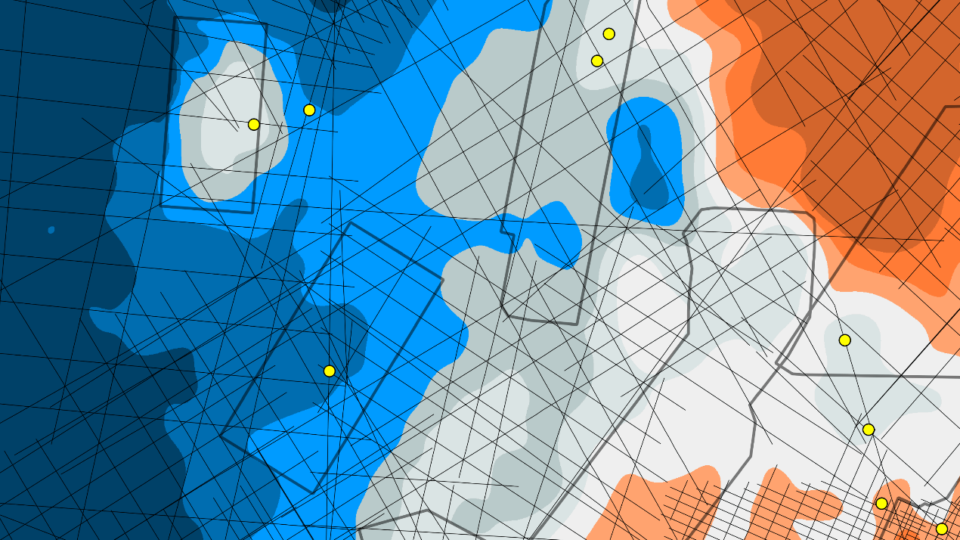

This course will help not only the employee but also will help the company, as follow:
This course will help not only the company but also will help the employee, as follow:
This course is designed for all Oil industry Technical Professionals, which will cover from fundamental theoretical background to high-level real work information/techniques/workshop.
This training course is suitable to a wide range of professionals but will greatly benefit:
The course will not only be presented by showing and interpreting the material in detail, but also the participants will work together using a real Seismic data to apply all the workflow and to project their previous knowledge and experience onto the course, they also encouraged to bring their own data so that real working examples can be reviewed and interpreted.
Module 1
Depth Conversion Concepts.
Module 2
Depth Conversion Methods.
Module 3
Multi-Layer Models.
Module 4
Velocity modeling uncertainty assessment and QC.
Module 5
Depth Conversion Sensitivity Analysis.
Rectus attendance certificate will be issued to all attendees completing minimum of 80% of the total course duration.
| Code | Date | Venue | Fees | Register |
|---|---|---|---|---|
| GE103-01 | 18-01-2026 | Dubai | USD 5450 | |
| GE103-02 | 20-04-2026 | Indonesia | USD 5950 | |
| GE103-03 | 09-08-2026 | Dubai | USD 5450 | |
| GE103-04 | 15-11-2026 | Manama | USD 5450 |
Providing services with a high quality that are satisfying the requirements
Appling the specifications and legalizations to ensure the quality of service.
Best utilization of resources for continually improving the business activities.
BTS keen to selects highly technical instructors based on professional field experience
Since BTS was established, it considered a training partner for world class oil & gas institution
1st floor, Incubator Building- Masdar City - Abu Dhabi - United Arab Emirates
Sun to Fri 09:00 AM to 06:00 PM
Contact Us anytime!
Request Info